Introduction
Diabetes, a medical condition that affects millions worldwide, often pushes individuals to make informed dietary choices. The foods we eat play a pivotal role in managing our blood sugar levels. While most vegetables are packed with nutrients and are generally considered a healthy choice, some can surprisingly have a negative impact on blood sugar levels, especially for diabetics. This article sheds light on some commonly consumed vegetables that might not be the best options for those with diabetes.
Understanding the Glycemic Index
The Glycemic Index (GI) is a ranking system for carbohydrates based on their immediate effect on blood glucose levels. Foods are rated on a scale from 0 to 100, with pure glucose given a rating of 100.
- What it is? The GI measures how rapidly a carbohydrate-containing food raises your blood sugar levels when compared to a standard food, usually glucose or white bread. It’s a useful tool for those looking to manage or prevent conditions related to blood sugar, like diabetes.
- Why it matters for diabetics? Consuming foods with a high glycemic index can lead to rapid spikes in blood sugar, which can be dangerous for diabetics. Over time, these spikes can lead to complications such as nerve damage, kidney problems, or cardiovascular disease. By understanding the GI of foods, diabetics can make informed choices that help stabilize their blood sugar levels.
Bad Vegetables for Diabetics
While the word “bad” may sound harsh, it’s essential to understand that no food is inherently evil. However, for diabetics, certain vegetables can pose challenges:
10. Carrots
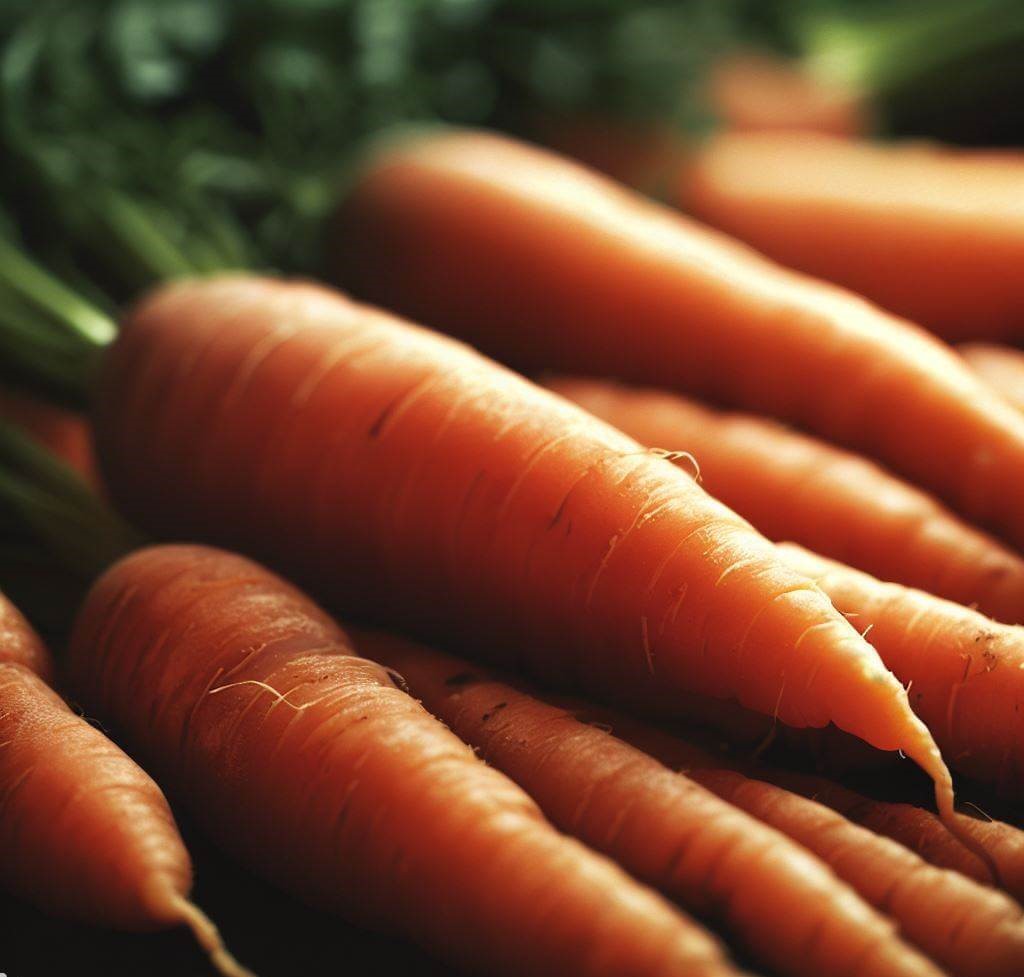
Carrots take the tenth spot on our list. Often regarded as the poster child for improving vision, carrots have found their way into many a childhood story. These orange wonders owe their reputation to the abundance of vitamin A they offer.
A nutrient indispensable for eye health. But like every superhero having its kryptonite, carrots have their weak point too, especially when seen from the lens of diabetes management.
The American Diabetes Association sheds light on an often overlooked aspect of carrots: their glycemic index. The higher a food’s glycemic index, the quicker it can cause a surge in blood sugar levels. Carrots, especially when boiled, tend to have a glycemic index that’s on the higher side when juxtaposed with other vegetables. That’s not to say you should bid farewell to carrots, but prudence is the name of the game. Enjoying them in moderation, and perhaps coupling them with protein-rich foods, can help negate potential sugar spikes. To put things in perspective, a medium carrot houses about 6 grams of carbs, making portion control a focal point for those keeping a tab on their carbohydrate intake.
9. Green Peas
Green peas, occupying the ninth position, are synonymous with cozy dinners. Their vibrant hue and sweet taste have made them a beloved side dish in various cuisines. These tiny orbs are nutritional powerhouses, boasting a significant protein content and brimming with vitamins A, K, and C. However, every coin has two sides.
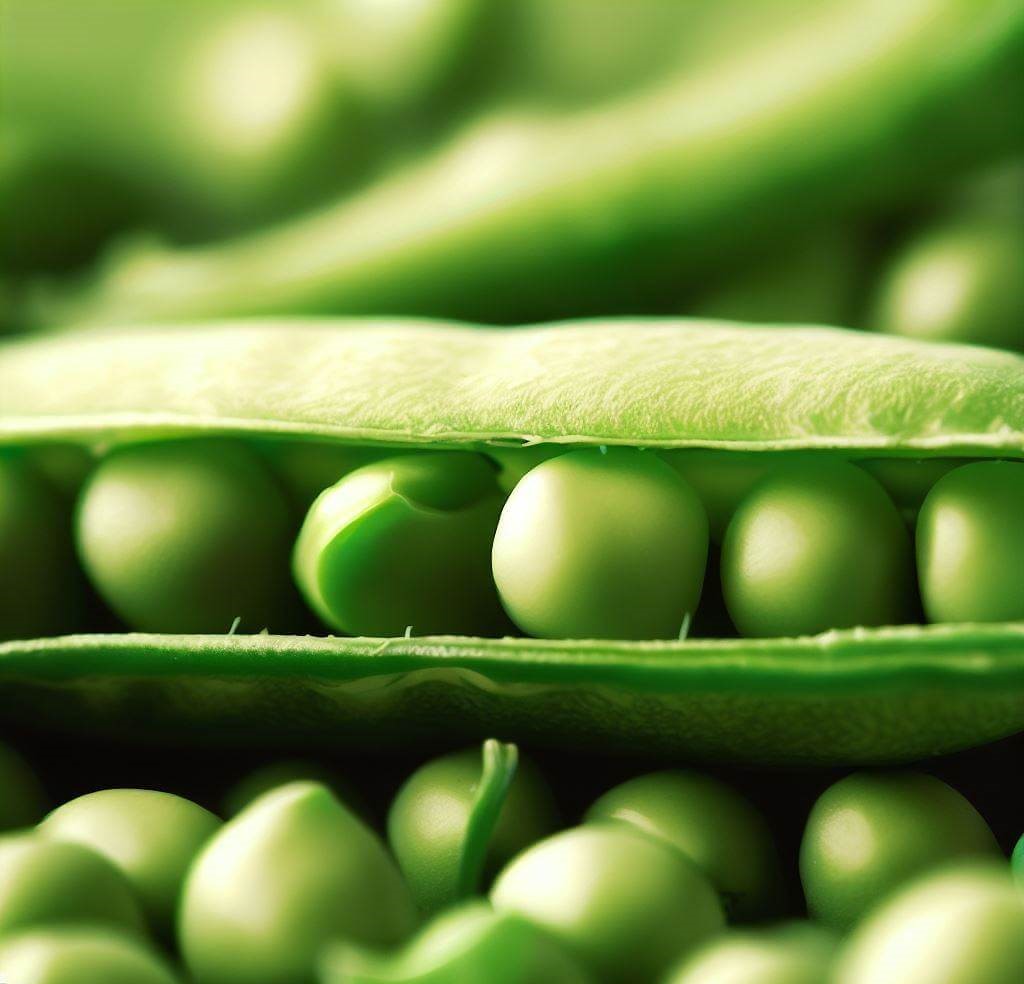
Green peas, occupying the ninth position, are synonymous with cozy dinners. Their vibrant hue and sweet taste have made them a beloved side dish in various cuisines. These tiny orbs are nutritional powerhouses, boasting a significant protein content and brimming with vitamins A, K, and C. However, every coin has two sides.
A piece of research that appeared in the Journal of Medicinal Foods unveiled the less talked about aspect of green peas: their carbohydrate quotient. When stacked against other verdant vegetables, green peas command a higher carbohydrate content. To drill down into specifics, a modest half-cup of cooked green peas carries about 11 grams of carbs. For individuals with diabetes, or those conscientious about their blood sugar, portion size becomes paramount. While a smattering of green peas in a vibrant salad or as an accompaniment to a main course is permissible, it would be judicious to not make them the star of your plate.
8. Celery

Snagging the eighth spot is the ever-crunchy celery. Often dubbed as a dieter’s delight, celery’s negligible calorie count makes it an omnipresent feature in many weight loss regimes. Apart from being light on the waistline, celery is a veritable treasure trove of vitamin K, an essential nutrient for bone health and blood clotting.
But here’s where the narrative takes a slight detour for diabetics. Information from the National Institutes of Health points towards celery’s sodium content. While it’s not brimming with sugars, celery’s sodium content is on the higher side. This becomes a concern, especially when you’re grappling with both diabetes and hypertension, a not-so-uncommon duo. To delve into the numbers, a single, large celery stalk can contribute approximately 50 mg of sodium to your diet. Integrating celery into a balanced diet is feasible, but the trick lies in pairing it with foods that are scanty in sodium and being vigilant about one’s daily sodium intake.
7. Corn
Claiming the seventh spot is the luminous corn, often hailed as the ‘golden treasure’ of the fields. Revered not just as a fundamental food source, corn, with its vibrant kernels, has etched its significance in the annals of history across various cultures. A dietary darling, corn is brimming with fiber, facilitating digestive processes.
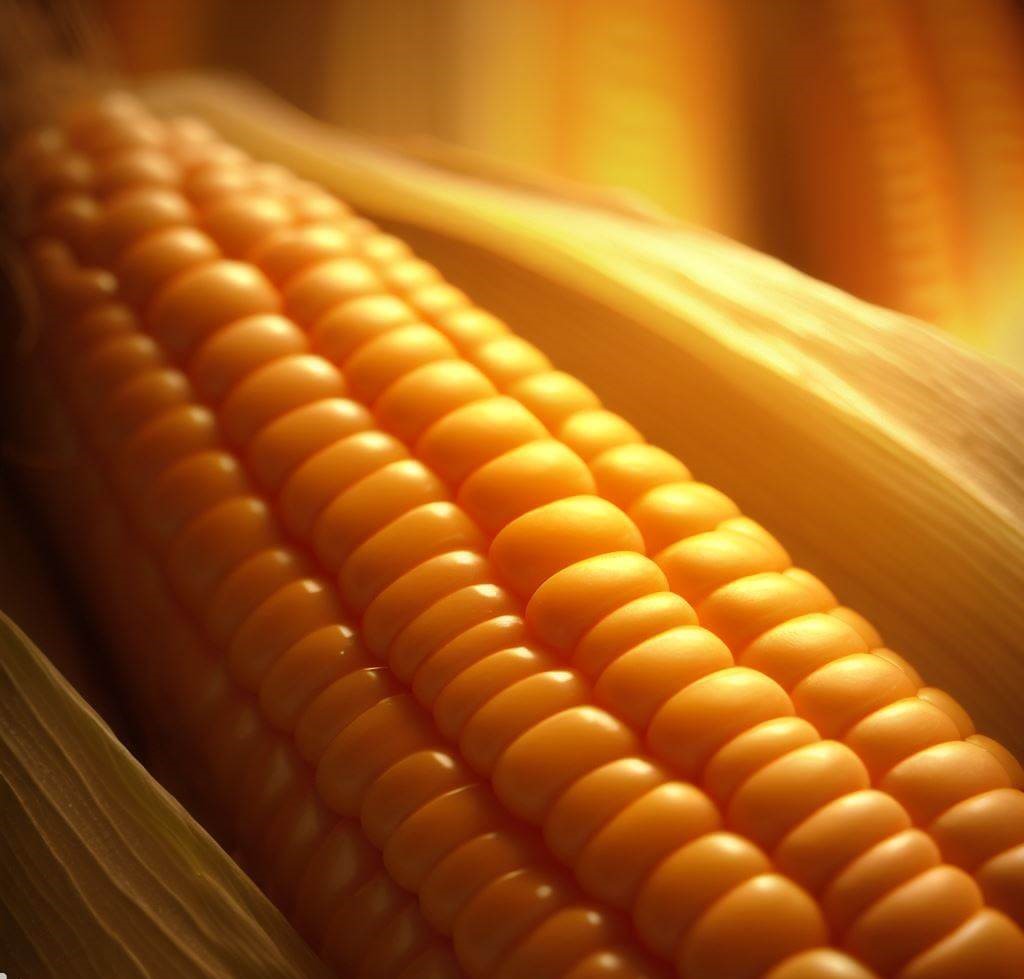
Its vitamin C content boosts immunity, while B vitamins ensure energy production and overall nerve health. Furthermore, the presence of antioxidants like lutein and zeaxanthin makes corn an ally for eye health.
However, a narrative from the Journal of Agricultural and Food Chemistry presents a contrasting side to corn’s story. Despite the plethora of benefits it offers, corn has a high glycemic index, which translates to a rapid influence on blood sugar levels. To quantify, a single cup of cooked corn is loaded with an approximate 30 grams of carbohydrates. For those grappling with diabetes, corn’s carbohydrate content becomes a focal point of consideration. While it’s not about completely sidelining this golden grain, mindfulness in consumption is key. Incorporating it intermittently, rather than a staple side dish, and complementing it with low-glycemic foods can strike a dietary balance.
6. Parsnip
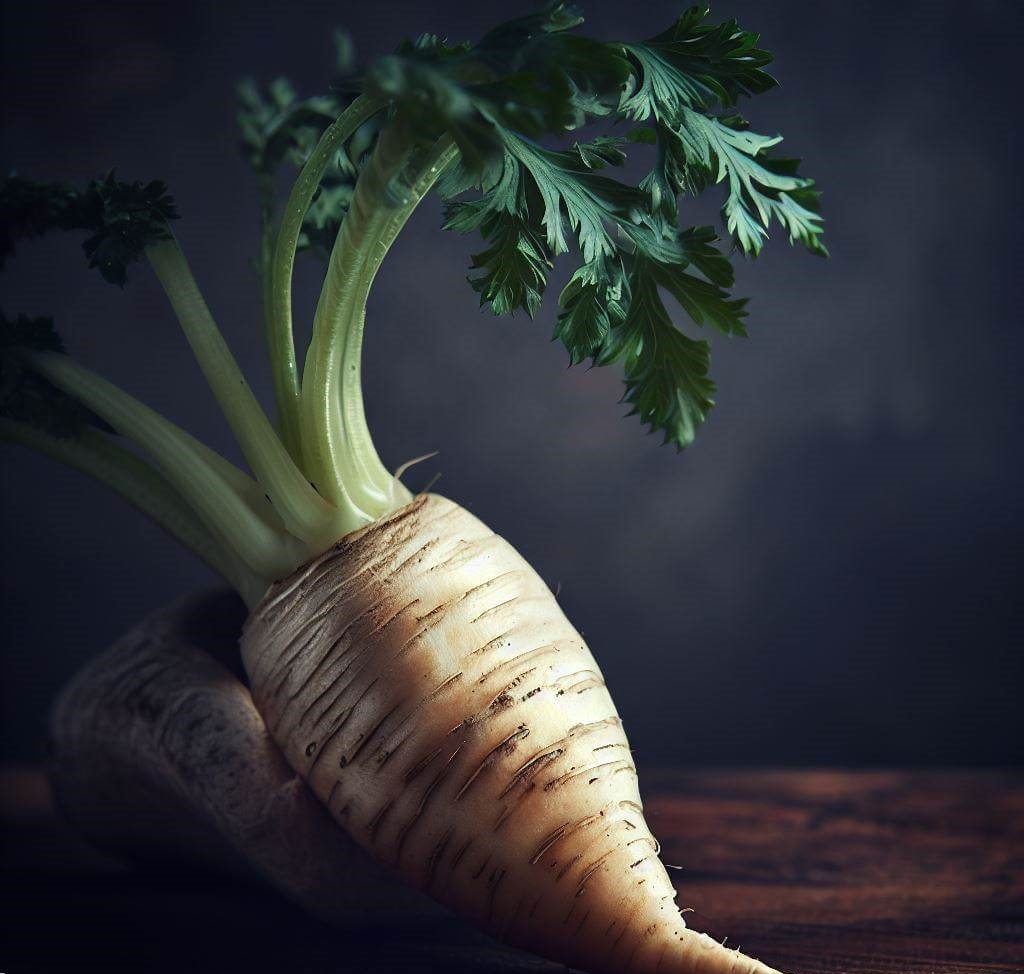
Navigating to the sixth rank, we encounter the sweet-flavored, often overshadowed parsnip. Despite its underdog status, parsnips are nutritional dynamos. They serve as repositories of potassium, regulating blood pressure, vitamin C, which bolsters immunity, folate that’s vital for DNA synthesis, and manganese which plays a role in bone health.
A standout attribute of parsnips is their fiber content, playing an indispensable role in promoting gut health and facilitating smooth digestion.
However, a shift in the lens to the International Journal of Nutrition and Food Sciences paints a slightly different picture. When placed on a comparative scale with its root vegetable peers, parsnips have an elevated natural sugar content. This attribute pitches them as a substantial carbohydrate source, posing potential challenges in regulating blood sugar. Breaking down the numbers, a half-cup serving of cooked parsnip packs close to 17 grams of carbs. Hence, for those with an unwavering gaze on their glucose metrics, moderation becomes the guiding principle in relishing parsnips.
5. Pumpkin
Cracking the top five, we embrace the emblem of autumn – the venerable pumpkin. Much beyond its famed association with spooky festivities and latte flavors, pumpkins are a nutritional goldmine. They are a powerhouse of vitamins A, which champions vision, E, an antioxidant, C, an immune booster, and select B vitamins that influence energy and brain health.

The mineral roster is impressive too, with pumpkin offering potassium, copper, and manganese. Its commendable fiber quotient further accentuates its dietary importance.
A deeper exploration, as echoed by a study in the European Journal of Clinical Nutrition, reveals a nuance. Especially when pumpkins undergo processing or get transformed into purees, their sugar content can witness an uptick. This aspect can, in turn, exert an influence on blood sugar levels. Zooming into specifics, a cup of mashed pumpkin houses around 20 grams of carbohydrates. While not alarmingly high, this count calls for vigilant portion control, especially during celebratory occasions, for individuals striving to manage their diabetes.
4. Sweet Potatoes
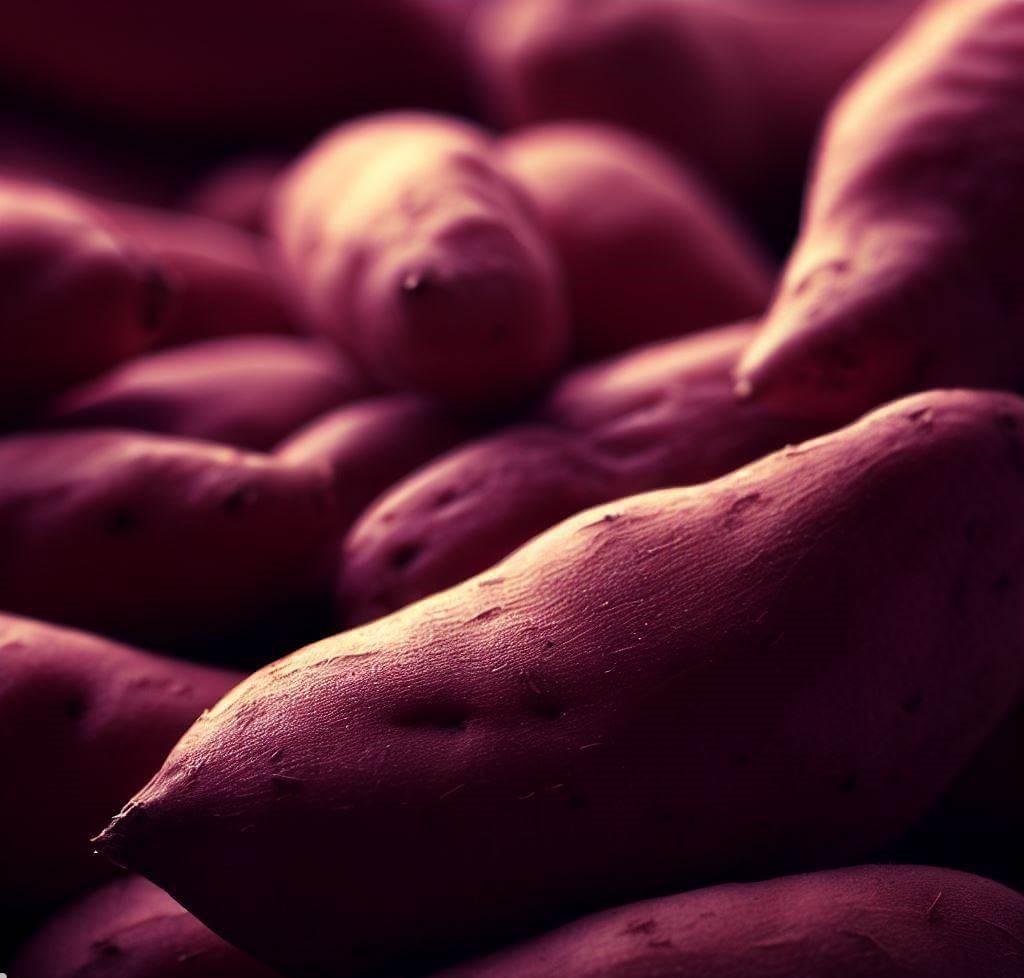
Heralding the fourth rank are the iconic Sweet Potatoes, unmistakable with their vibrant orange vibrancy and their delectably unique taste profile. As part of the nutritional ensemble, they truly stand out, offering a rich tapestry of nutrients including the vision-supporting vitamin A, immune-boosting vitamin C, bone-friendly manganese, and heart-healthy dietary fiber.
Their antioxidant repository is equally commendable, with beta-carotene leading the pack, lending not just health benefits but also the captivating hue.
However, the picture turns a shade complex for those with an unflinching focus on blood sugar metrics. A study documented in the Food & Function Journal throws light on a unique aspect of sweet potatoes. Some specific varieties of this tuber come equipped with compounds that potentially modulate blood sugar metabolism. Now, while they rank lower on the glycemic index compared to their white potato counterparts, the cooking method becomes pivotal. Baking or frying sweet potatoes can unexpectedly expedite the blood sugar spike. Diving into the numbers, a medium-sized baked sweet potato contains approximately 27 grams of carbohydrates. The conclusion? They unquestionably stand a notch above regular potatoes nutritionally, but the method of preparation, coupled with portion considerations, becomes paramount for diabetes management.
3. Beets
Emerging resplendent at the third position are Beets, radiating a deep, enchanting crimson, synonymous with nature’s artistic flair. Their beauty isn’t skin deep, as beneath that vibrant exterior, beets are a nutritional juggernaut.
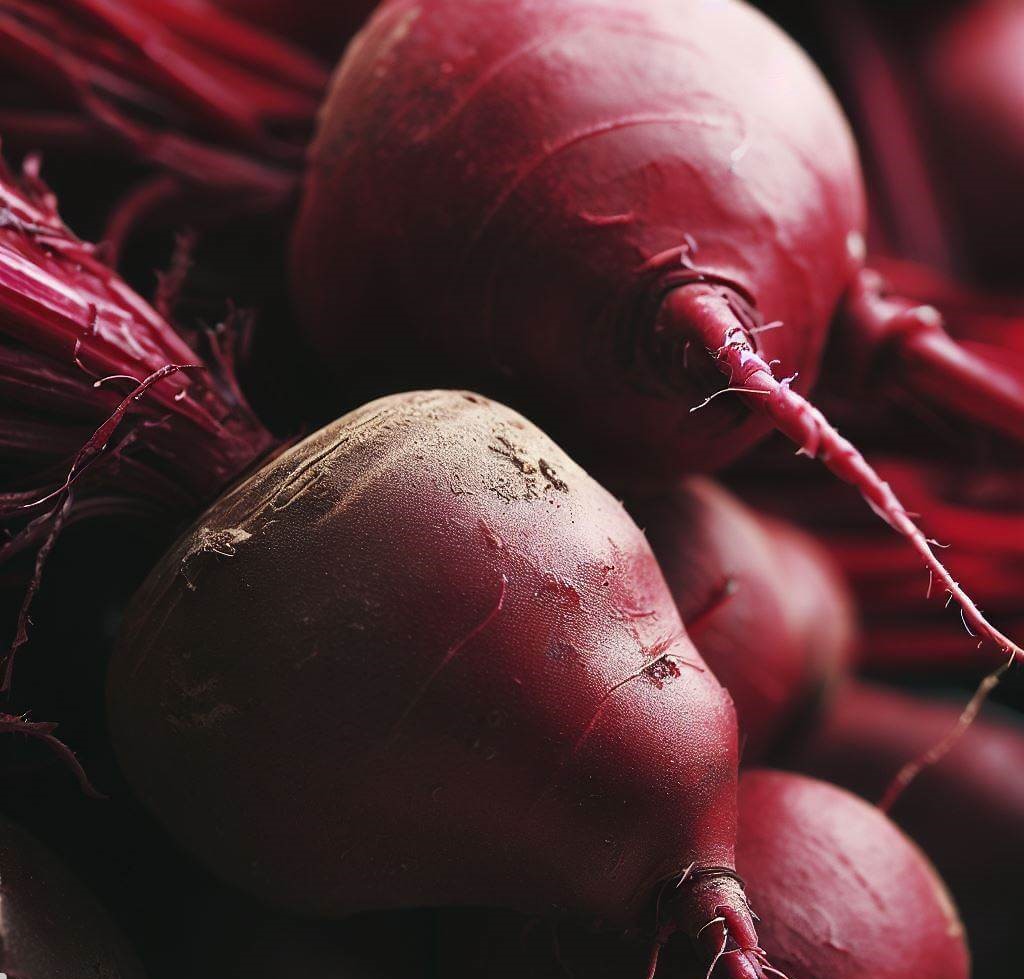
Laden with essential minerals that ensure optimal bodily functions and a spectrum of vitamins that bolster overall health, their nutrient portfolio is robust. Their claim to fame extends to their antioxidant content, particularly the betalains, which, apart from health benefits, bestow upon them their signature color.
Yet, for those navigating the challenges of diabetes, there’s a facet of beets that warrants attention. Their sugar matrix is intricate. A study chronicled in the Nutrition Journal sketches this nuance, indicating that beets’ inherent sugars can instigate a quicker-than-expected blood sugar elevation. The plot thickens when one considers their medium glycemic index, making them a trigger for a moderate blood glucose ascent. This very characteristic is why beets often undergo juicing, with added sweeteners, potentially escalating them into a concealed sugar trap for the diabetic demographic.
But, there’s a silver lining! With thoughtful consumption strategies, beets needn’t be banished. Consuming them in controlled portions, say, about 1/2 cup when cooked, can strike a balance. Opting for roasting or integrating them into salads with an ensemble of leafy greens, nuts, or seeds can moderate their sugar impact. The synergy of high-fiber foods or healthy fats with beets can modulate the sugar absorption rate. As with many aspects of dietary choices, especially in the context of diabetes, moderation and balance emerge as the twin pillars.
2. Butternut Squash

Heralding the second spot is the creamy and sumptuous Butternut Squash, a gem among the winter squashes. A spoonful of this squash resonates with a delightful melody of sweet and nutty notes. Beyond its gustatory appeal, its nutritional profile dazzles.
Butternut Squash is a cornucopia of health-boosting vitamins like A, which is pivotal for vision and immune health; C, an antioxidant powerhouse; and an array of B vitamins which play an instrumental role in energy metabolism. Its mineral content too is commendable, embracing the likes of magnesium, known for its nerve and muscle function; potassium, which balances our body’s fluids; and calcium, the bedrock of bone health.
However, there’s a chapter in the butternut narrative that necessitates vigilance, especially for the diabetic community. A detailed exploration in the Nutrition Journal underscores an aspect of Butternut Squash that might ruffle some feathers. While it parades a moderate glycemic index, a significant portion of its carbohydrate structure is dominated by sugars. This carbohydrate composition poses a potential challenge in the meticulous art of blood sugar management. Crystallizing this concern into numbers, a single cup of cooked butternut squash, cubed to perfection, encapsulates roughly 22 grams of carbohydrates. This revelation places the squash in a unique bracket – it’s undeniably nutrient-rich, but those navigating the diabetic landscape need to tread with caution. Portion calibration becomes paramount, and a culinary strategy to pair it with foods registering lower on the glycemic index can be a game-changer.
1. White Potato
Ascending to the pinnacle, clinching the top rank, is the omnipresent White Potato. This tuber has seamlessly woven itself into the culinary fabric of numerous cultures, solidifying its reputation as a global staple.
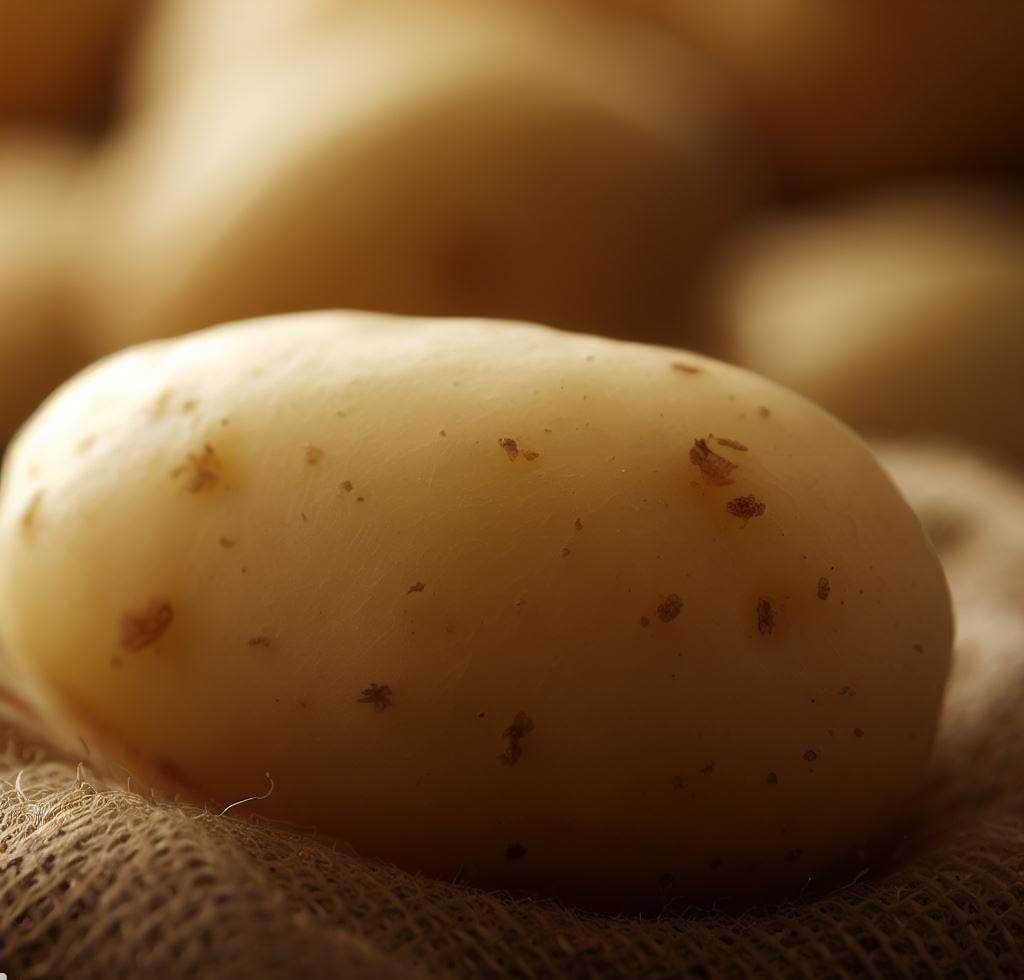
At its core, the potato is no nutritional slouch. It offers a curated ensemble of vitamins such as C, pivotal in collagen synthesis, and B6, which is integral to neurotransmitter production. The mineral matrix is equally robust with potassium, a heart-healthy mineral, and manganese, crucial for bone formation and antioxidant function. Delving into its more intricate attributes, white potatoes are a bastion of resistant starch, especially when they undergo a cycle of cooking and cooling. This unique form of starch has shown promise in fostering gut health.
Yet, when the lens shifts to diabetes, the potato narrative adopts a more somber tone. A meticulous study unfurled in the British Medical Journal presents a revelation that’s hard to digest. It demystifies a tangible correlation between profuse white potato consumption and an escalated risk of developing Type 2 diabetes. The study elucidates that the body’s metabolic machinery rapidly converts potatoes into glucose. This swift metamorphosis can, over extended durations, potentially kindle insulin resistance. However, the plot thickens when one dives into the realm of culinary preparations. The adored French fry, crispy and golden, unfortunately, amplifies the issue. Frying not only skyrockets the potato’s glycemic index but also infuses it with unhealthy fats, thus elevating calorie content. A counter-narrative emerges with boiling followed by cooling, as seen in potato salads. This method can attenuate the glycemic spike, courtesy of resistant starch formation. To render this discussion tangible, consider an average-sized white potato weighing approximately 150 grams. It’s a carbohydrate reservoir, holding close to 30 grams, predominantly manifesting as starch. For those riding the diabetes spectrum, wisdom lies in moderation and strategic pairing – perhaps juxtaposing the potato with fiber-dense vegetables or heart-healthy fats, thereby modulating the glycemic aftermath. The omnipotent white potato, despite its global adoration, demands respect and understanding, especially when factoring in its glycemic footprint. It’s not about outright rejection, but rather about enlightened choices pivoted on preparation nuances and portion mindfulness, crafting a path of health for those in the diabetes sphere.
Re-thinking Your Veggie Choices: Final Thoughts
Navigating the dietary domain, especially with conditions like diabetes, can sometimes feel akin to walking a tightrope. Each food choice carries potential ramifications on blood sugar levels, which means understanding the nuances of these food items becomes paramount. Foods like Butternut Squash and White Potato, while being nutritionally rich, demand a heightened awareness of their glycemic attributes. The silver lining, however, is that knowledge empowers. With the right information at one’s fingertips, it becomes feasible to enjoy a diverse range of foods while still managing blood sugar adeptly. Balance, as always, is key. Through judicious choices in food preparation, portion control, and pairing, one can strike a harmonious chord between culinary delight and optimal health.
We’ve just explored the Top 10 vegetables that, shockingly, aren’t ideal for diabetics. To help you remember which veggies to be cautious about, we’ve summarized all the key points in the video below. This quick recap will serve as a handy reference guide for your next grocery trip—be sure to watch it!
FAQs
1. Why is the White Potato ranked number one in this list?
The White Potato claims the top spot primarily due to its rapid breakdown into glucose in the body and its association with a heightened risk of Type 2 diabetes when consumed in excess. The method of preparation, particularly frying, can exacerbate these effects.
2. Are Butternut Squash and White Potato unhealthy?
Not at all. Both these foods are nutritionally dense, offering a range of essential vitamins and minerals. However, for individuals with diabetes, it’s essential to be mindful of their carbohydrate content and the potential impact on blood sugar levels.
3. Can diabetics eat these vegetables?
Yes, diabetics can consume both. However, it’s vital to monitor portion sizes, choose healthier preparation methods, and balance their intake with other low-glycemic foods.
4. How does resistant starch benefit gut health?
Resistant starch acts as a prebiotic, providing food for beneficial gut bacteria. This fermentation process in the colon produces short-chain fatty acids, which have various health benefits, including promoting a healthy gut environment.
5. Are there ways to reduce the glycemic impact of these foods?
Certainly! Pairing them with high-fiber foods, healthy fats, or protein can modulate the glycemic response. Also, certain preparation methods, like boiling and cooling potatoes, can increase their resistant starch content, potentially lowering their glycemic impact.





